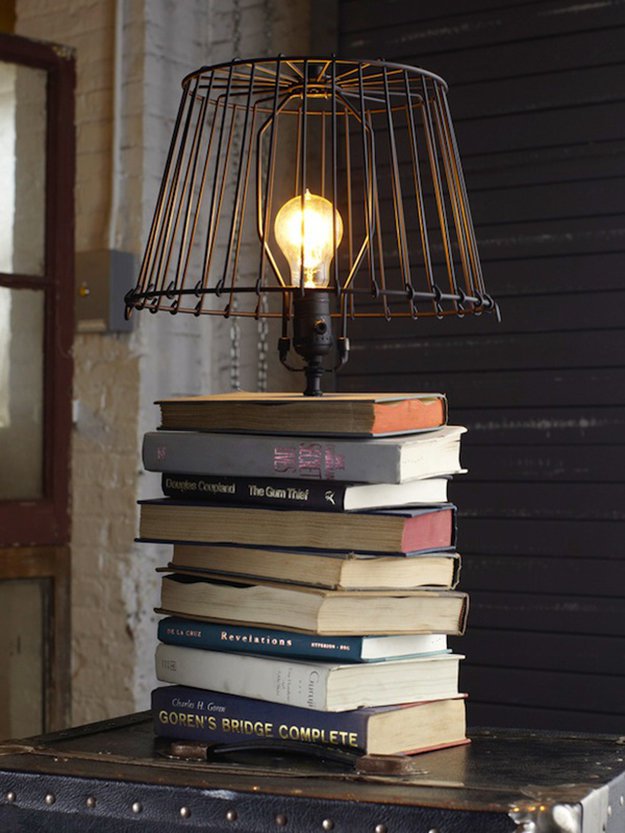http://bwlpublishing.ca/authors/donaldson-yarmey-joan/
Cape Breton Island
The Canso Causeway connects Cape Breton Island to the mainland of Nova Scotia. The rock-filled causeway is 1385 metres (4345 ft) long and has a depth of 65 metres (213 ft) which makes it the deepest causeway in the world.
The Fortress of Louisbourg is situated on the east shore of the Cape Breton Island and well worth the visit.
In 1713, the Treaty of Utrecht was signed and France ceded its claims to present day Newfoundland, the Hudson’s Bay territories in Rupert Land, and Acadia (Nova Scotia) to the English. France kept what is now Prince Edward Island, the small islands of Saint Pierre and Miquelon as well as Cape Breton Island. The settlement of Louisbourg was founded on the east side of Cape Breton Island in 1713, and between 1719 and 1745 the French built a fortified town. With its several thousand inhabitants it grew into a thriving and busy seaport in North America and was a key trading and military centre for the French in the New World. It was the base for the profitable cod fishery of the Grand Banks since salted and dried fish was an important food in Europe. The value of the settlement’s dried cod exports in 1737 was eight times higher than the value of the fur trade during the same period.
In 1745, war was declared between France and Britain and the English launched an attack on Louisbourg. While the harbour was well defended, the low hills around the fortress provided cover for the attackers. The residents of the fortress held on for forty-six days before being captured. However, three years later the town was given back to the French by the Treaty of Aix-la-Chapelle.
A second attack occurred in 1758. There was no strong French navy to defend the town against the 16,000 troops and 150 ships and after seven weeks it was again taken by the English. They occupied it until 1768. Eventually, they decided that it should never return to being a fortified French base and they destroyed the fortress.
Although the site was officially commemorated more than a dozen times with monuments, plaques, and cairns, it remained mainly forgotten and neglected until the 1930s when a museum was built and some of the streets and ruins excavated. In 1961, reconstruction began on one quarter of the fortress aided by the Government of Canada. First the area was excavated with the ruins of more buildings and walls being found as well as millions of artifacts. Since then streets, buildings, and gardens have been recreated so it looks as it did in the 1740s.
The Fortress of Louisbourg is the largest reconstruction project in North America.
I took a tour bus from the parking lot to the fortress. I visited with the guard at the entrance and began my tour. I walked up and down the streets of the fortress and toured through the buildings seeing the household furniture and goods of the period. There was an ice house where ice was placed during the winter and used during the summer to keep food cold so it wouldn’t spoil. I watched the fife and drum escort the cannon firers up the hill to the cannon and watched it being fired. I listened to the soldiers talk about their daily lives. I checked out the gardens and watched women doing embroidery. Throughout the site were interpreters in period clothing able to answer all questions about the fortress and its history. There is a long list of activities to do such as firing a musket or cannon, sampling some rum, learning a dance, or being a prisoner of the day.
For those who want something to eat there are restaurants serving 1700s fare and a bakery from which you can buy a loaf of bread.
From Louisbourg we drove the Cabot Trail, a 300 km (186 mile) scenic highway that took us through lovely villages, beside the ocean, up into the hills, and through Cape Breton Highlands National Park. The trail was named after John Cabot, an Italian explorer who landed in what is now Canada in 1497, and was completed in 1932.
Alexander Graham Bell had a summer residence Baddeck. Now there is the 10 hectare (25 acre) Alexander Graham Bell National Historic Site which includes the Alexander Graham Bell museum.
In Dingwall we visited the Tartans and Treasures Shop to find the Donaldson tartan. They had the MacDonald tartans in skirts, ties, vests, and on mugs and glasses but not the Donaldson tartan. I read a write-up there about Henry Donaldson who was one of the garrison at Edinburgh Castle 1339 to 1340 so the name has been around for centuries.
Though not on the trail we stopped at Glenora Distillery in Glenville which is North America’s first single malt whiskey distillery. The whiskey made there smells and tastes like scotch but cannot be called scotch. That name is reserved for whiskey made in Scotland.
There is a restaurant and bar that offers half ounce samples of the whiskey and I had my first, and last, taste. Even though my heritage is Scot, scotch is not my drink.























 "Supposedly, Charles II of England had a lady friend, a duchess, ( I'm guessing Barbara Castlemaine, first Duchess of Cleveland ) who often borrowed his books, sometimes forgetting to return them. So, the king commissioned the court painter, Sir Peter Lely
"Supposedly, Charles II of England had a lady friend, a duchess, ( I'm guessing Barbara Castlemaine, first Duchess of Cleveland ) who often borrowed his books, sometimes forgetting to return them. So, the king commissioned the court painter, Sir Peter Lely








